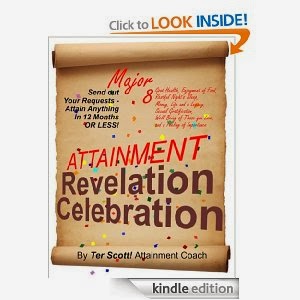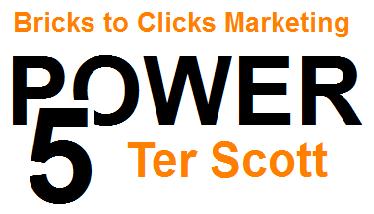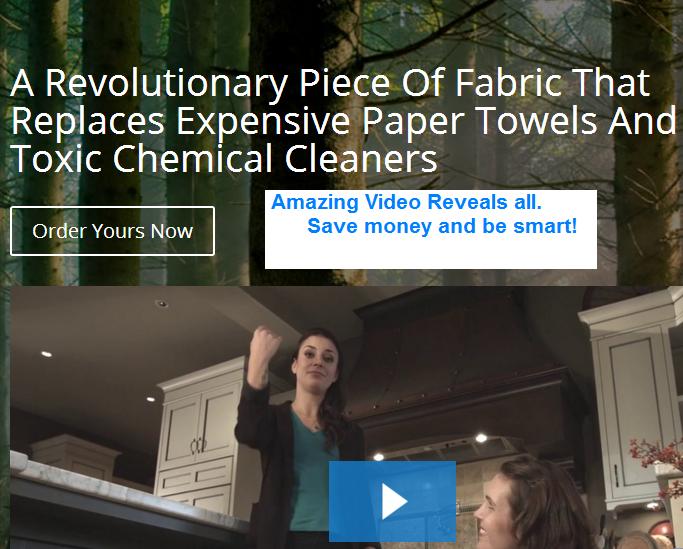Part 3 How to Create a Great Logo
Before you read this, you may want to read parts 1 and 2
which are elsewhere on this blog.
Why every business needs a logo.
It captures the attention of its viewers immediately.
It sets your business apart from all competition.
You occupy a place in your prospect’s and customer’s minds,
it’s memorable.
It establishes your business as being professional and
reputable.
It “brands” your businesses.
It offers name recognition.
It adds necessary consistency in all of your advertising.
It creates marketing cohesiveness.
It is a silent ambassador working for you 24/7 telling your
prospects and customers the “who, what, where, why and how” of your business.
Yes, it is all in that simple symbol; or it should be!
It “positions” your business in the minds of your prospects
and customers.
Your logo should be used on just about everything with very
few exceptions. Also be sure that you have strict guidelines as to how it
should be used for different applications. Large corporations are much strict
on all of this; as they should be, because they need to maintain consistency of
use by all their locations, dealers and representatives. Having this “end in
mind” should also be considered when creating a logo.
Places to display your logo would include: business card,
stationery, all of your marketing materials such as brochures, within your
videos, indoor and outdoor signs, POP displays, promotional items like pens,
calendars and hats (get great prices and service at: www.myimprintrep.com; this is one of my
companies), and even on magnetic signs for your car. Truly, the media for using
your logo is almost endless. Always protect and respect your logo and use it on
media that reflects only what you believe in and matches with your USP and
everything that your business “stands” for. Always be sure that when you
advertise and use your logo that it is “relevant” to the market where it is
used. Finally, only advertise and use your logo in association with other
companies that espouse similar philosophies as you do.
There really is much that goes into a stellar logo, one that
says everything it needs to say, and one that will say it for a long time,
bringing you business and maintaining your business for years to come.
I understand that I feel pretty strong about creating logos,
and it’s because I see so much “visual junk” that reflects poorly on a
business. I wish that I could state more in this short article, but I find that
it’s easier to answer questions and comments. So please leave them here and I
will be glad to help in any way I can. You may also contact me at my webpage: www.terscott.com/contact.
Also, your logo will be treated right when you use it on
any of our thousands of imprinted products at: www.myimprintrep.com.
“Is your imprint rep, My Imprint Rep”?


